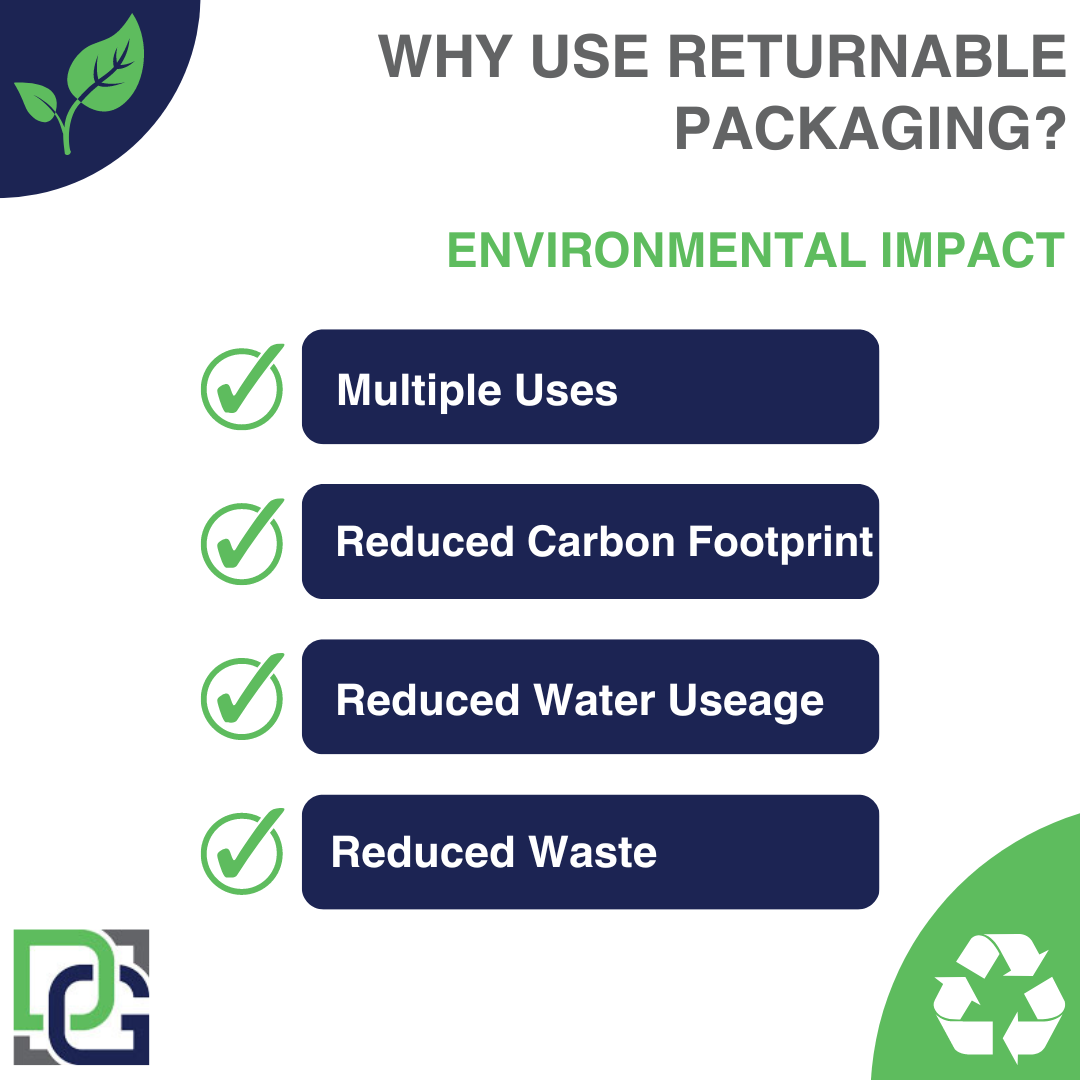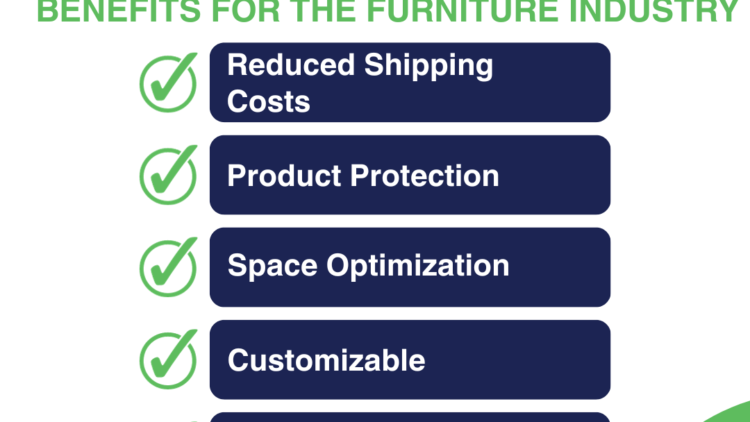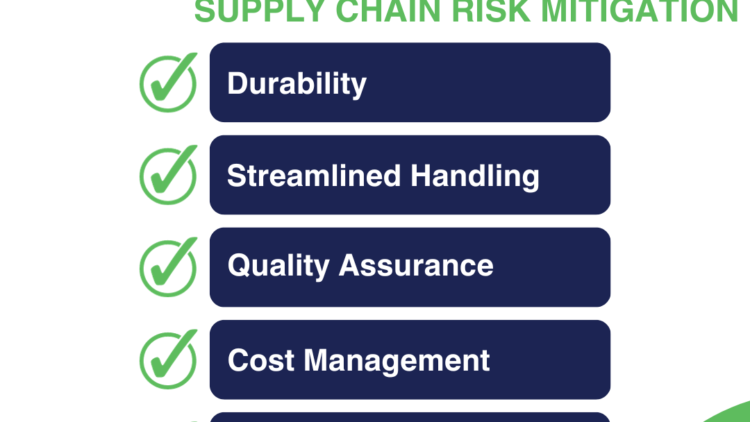Environmental Impact
We’re kicking off a new series about why you, as a manufacturer, should switch to returnable packaging. ♻ Our first post focuses on the environment. 🌍
As consumers become increasingly aware of the environmental impact of their purchases, manufacturers are looking for ways to improve their sustainability practices. Incorporating returnable packaging into their manufacturing processes is one of the many solutions that they’re utilizing.
Traditional single-use packaging is often discarded after just one use, whereas returnable packaging is designed to be used multiple times. This approach has a significant positive impact on the environment in the following areas:
Carbon Emissions – Traditional single-use packaging is often made from materials like paper, cardboard, or plastic films, which require significant amounts of energy to produce and transport. In contrast, returnable packaging is typically made from durable materials like metal, plastic, or fabric, which can be reused many times and can significantly decrease a company’s carbon footprint.
Water Usage – Single-use packaging often requires water-intensive production processes, such as paper mills or plastic manufacturing plants. These processes can be extremely resource-intensive and have a significant impact on local water sources. In contrast, returnable packaging can be reused many times, reducing the overall amount of water required to produce packaging materials.
Reduced Waste – Single-use packaging is often discarded after just one use which contributes to the growing problem of plastic pollution in our oceans and landfills. In contrast, returnable packaging can be used many times before being recycled or repurposed. By reducing the overall amount of waste generated, manufacturers can make a significant contribution to environmental sustainability.
In conclusion, returnable packaging is an effective way for manufacturers to reduce their environmental impact. By reducing carbon emissions, water usage, and overall waste output, returnable packaging can make a significant contribution to environmental sustainability. As consumers become more conscious of the impact of their purchases, manufacturers must continue to look for ways to improve their sustainability practices, and returnable packaging is an excellent place to start.





